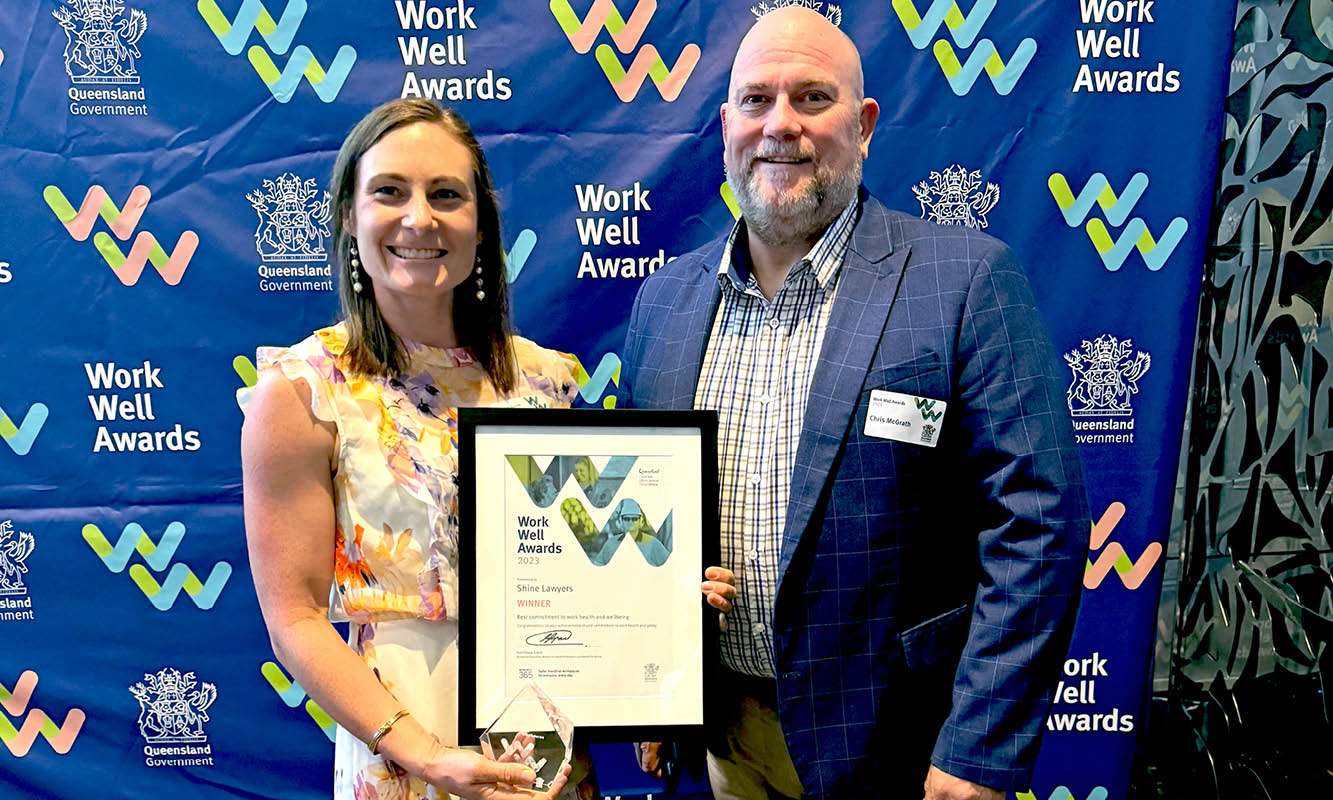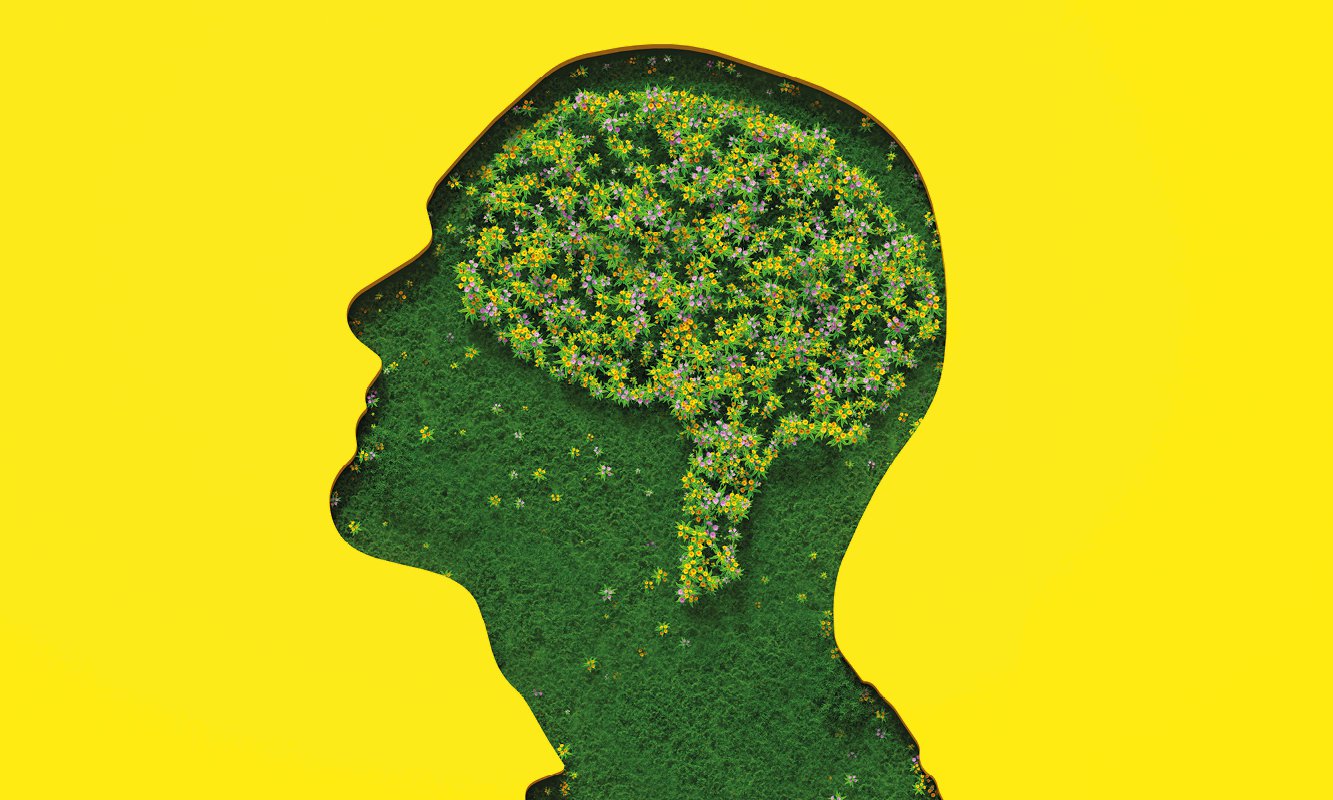With a worldwide pandemic and national recession, there’s a lot to be stressed about. With all this turmoil swirling around the proverbial toilet bowl we call “the new normal”, smashing six Portuguese tarts in one sitting seems like a legitimate response and, according to Accredited Practising Dietician Hannah Wilson, in a way it is.
The concept is called “emotional eating” and though Hannah does not professionally recommend eating an entire extra-large pizza to yourself, she does admit that eating in response to heightened emotions is totally normal.
EM: Hi Hannah, what is emotional eating and happens to our body’s chemistry when we emotionally eat?
It’s all about serotonin. When we are feeling stressed or anxious, our serotonin levels decrease. Coincidently, our brain actually releases serotonin after a high sugar or carbohydrate meal so we feel an elevation in our mood–but this emotional high is fleeting.
Cravings for food (especially carb-rich foods) are usually a response to an emotional craving to feel happy. Over time, through sugary rewards and repeated emotional binges, our brains learn that these comfort foods will make us feel better. Unfortunately, this feeling of happiness is only temporary and the cycle of anxiety and emotional eating can be consuming.
EM: It can be difficult to resist turning to comfort foods during challenging times but eating poorly can often make us feel even worse. How do we break the cycle of stressing about our eating habits then subsequently eating badly because we’re stressed?
It’s important to recognise that emotional eating is normal and can be part of our coping mechanism. The trick is to slow the process down and think about our response logically–but it’s easier said than done. Emotional eating is generally a very reactive response and that’s where the danger lies.
Here’s my advice for managing emotional eating:
1. Know your triggers
Take a moment in your day to note down what you are eating and when. Try recording how you are feeling and what you are doing at the time of your meal and take note of how hungry you are on a scale of 1-10. This will help you understand your triggers and begin to develop targeted strategies. It also slows down the process so that you are starting to think more logically about how you respond to how you’re feeling.
2. Brainstorm strategies for managing your triggers
Address your triggers with strategies that bring you joy. Think of ways you can make eating more pleasurable and try them out! One strategy might involve eating the food you’re craving. Another could be serving yourself a small portion of a food you love and eating in your favourite room of the house. Be sure that you enjoy every mouthful and savour the taste of what you are consuming. This practice is called eating mindfully. Mindful eating gives yourself the permission to eat without judgement. You’ll often find that when you are attentive to the flavour, your body cues and eating guilt-free you’ll eat less. Whereas when there is guilt attached, you’ll chew down the food as fast as possible, taste nothing, and realise that the craving remains… so you’ll eat more.
3. Reflect on how well your strategy worked
Did you feel better? Did you still crave food? How long did you feel better for? Would another strategy work better for you? As you reflect and trial new strategies, you’ll discover what works for you and what doesn’t. After a period of time, you’ll form new habits and your associated strategy will soothe your food anxiety turning eating into a positive experience.
EM: Be it cake for a birthday or bringing over chocolate to soothe a broken heart, food seems to be a means of celebrating and/or consoling others. How do we stay on track with our nutrition while engaging in these social rituals?
These things are important. I don’t think that it is healthy to cut out any food completely as all foods have a role in physiology as well as emotional health.
When food is used to celebrate or comfort it’s a great chance to practice your mindful eating skills. Consider how your belly is feeling. Are you hungry? How well will this food sit in your tummy? How much will you enjoy and feel comfortable after eating?
Serve a small serve and again, enjoy it. Pause halfway to check in once again on your body’s cues. Will continuing on bring anymore enjoyment or will you feel worse for it? And remember–it’s just food! You’re not a bad person or a failure for eating any kind of food. The most important thing is to gauge how your body is feeling as you eat.
Really, it’s all about caring for yourself. Sometimes that might be saying no, finding something else or having a little less. Other times it’s really enjoying the comfort that food brings.
Hannah Wilson is an Accredited Practising Dietitian and Nutritionist directing her own private practice, All Bodies Services in East Brisbane and online. She is passionate about working with her clients to assist them in understanding the relationship between our feelings, thoughts and behaviours around food. To book in a consultation, contact Hannah@allbodiesservices.com.au.














Share this article